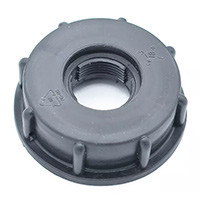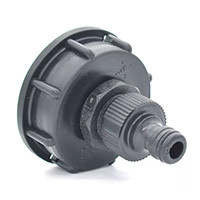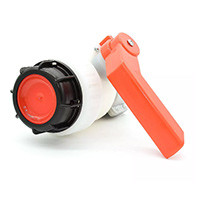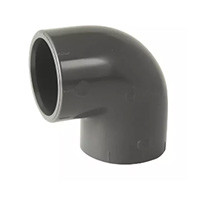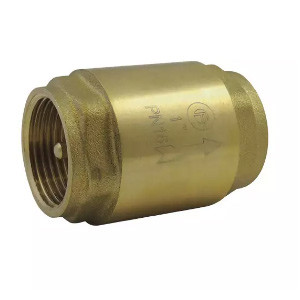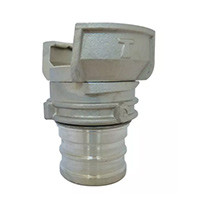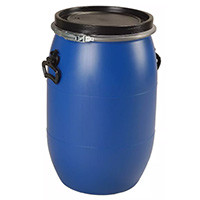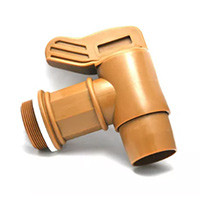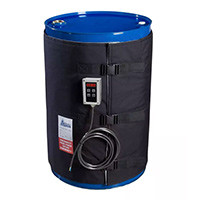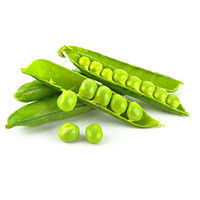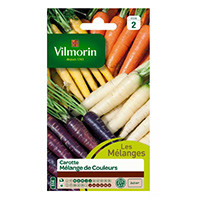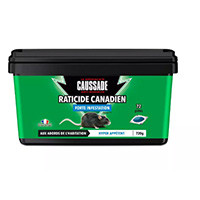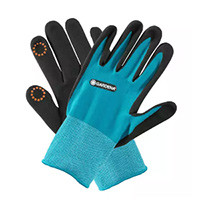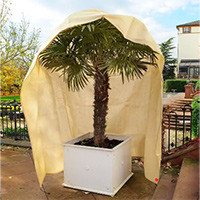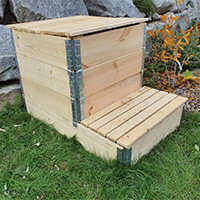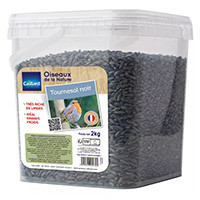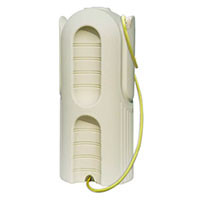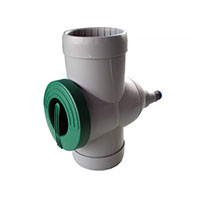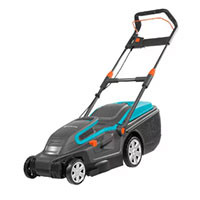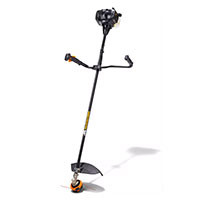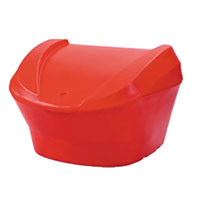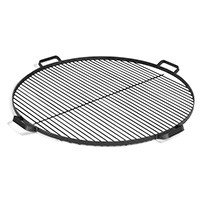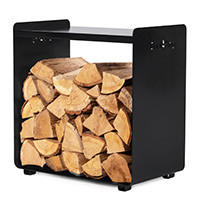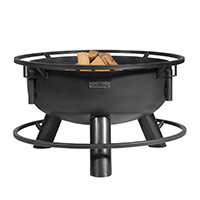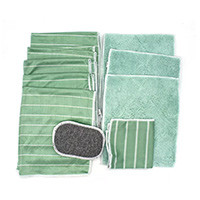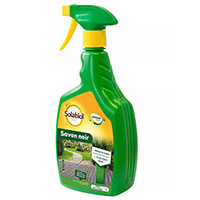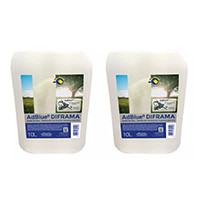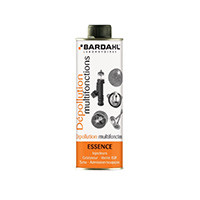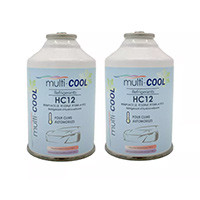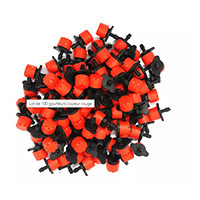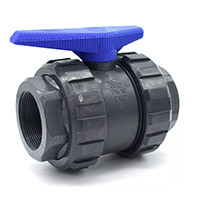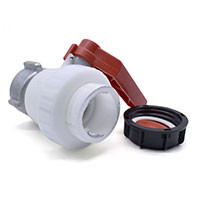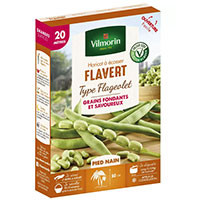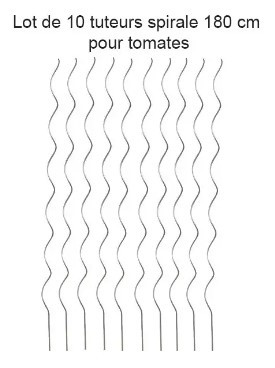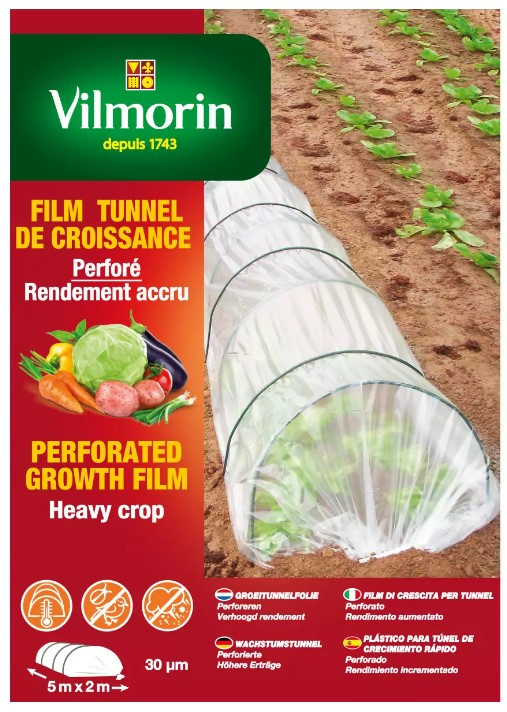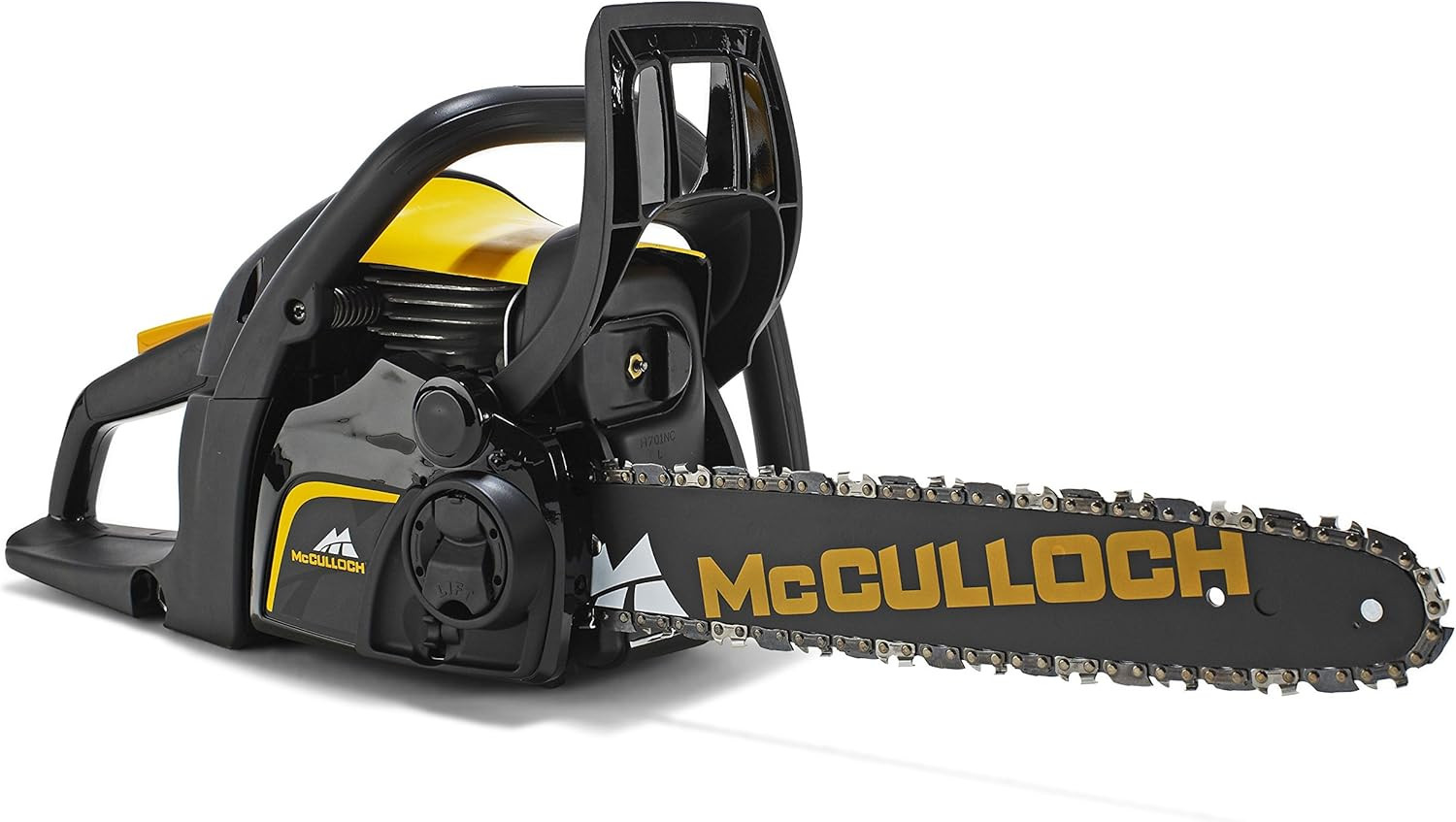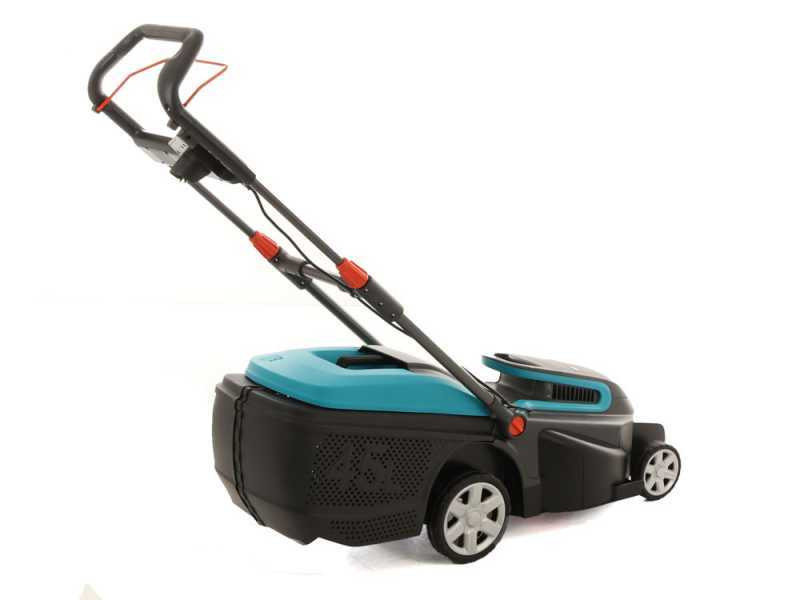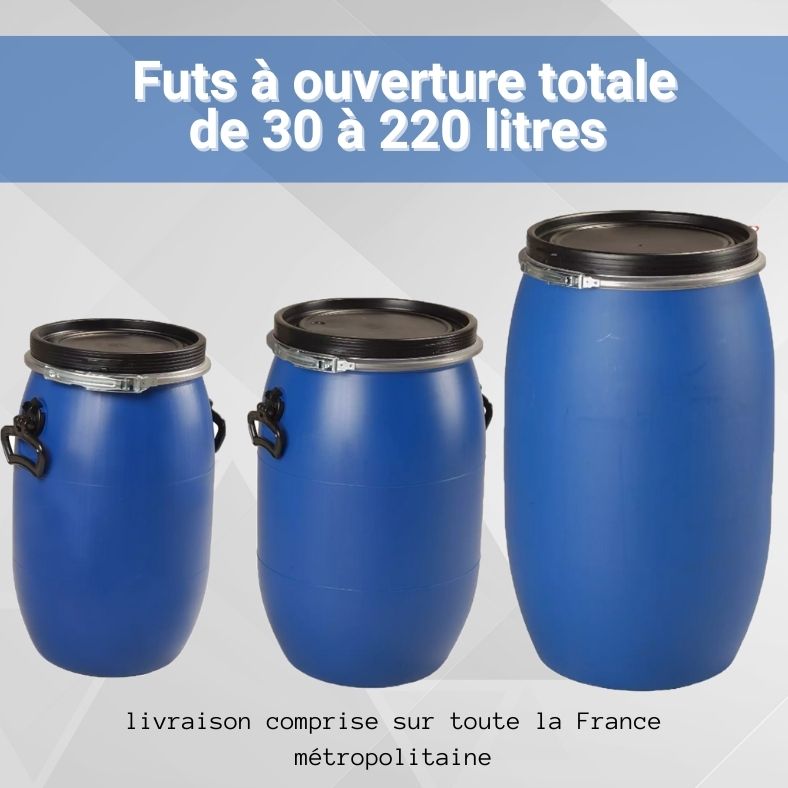Kikuyu grass: how and when to sow this grass of African origin?
It is increasingly observed in gardens: straight from tropical countries, Kikuyu grass has many advantages such as drought resistance, or the ability to adapt to soils close to the sea and high summer temperatures... If you too would like your exterior to be adorned with a beautiful green, follow these tips!
What you need to know about Kikuyu grass!
Kikuyu turf, also known by the scientific name Pennisetum clandestinum, takes its name from the Kikuyu tribe in East Africa, where it originated. Kikuyu is a fast-growing and vigorous grass that is commonly used as turf in hot and humid regions around the world.
Kikuyu grass grows naturally in high-altitude areas of East Africa, including Kenya and Tanzania. It is widely distributed in grasslands, pastures and grassy areas of the region. Due to its ability to spread rapidly through underground stolons and its adaptation to varied growing conditions, Kikuyu has become a popular option for lawns and sports fields in many parts of the world.
A herbaceous plant of the Poaceae family, or grasses, kikuyu has tracing rhizomatous roots, and is used as ground cover, in other words – and you will have understood it – as turf. Aesthetically speaking, it is interesting because its leaves are a beautiful bright green, a little hairy and flat once they are ripe.
As it comes from tropical areas, Kikuyu grass is more suitable for certain weather than others. Therefore, you must be sure that the climate that characterizes the place where you live is adequate, especially in terms of average temperature. Indeed, a winter that is too harsh will not suit this grass and will prevent it from developing. It can even be noted that from temperatures dropping below 5 ° C, it will tend to turn yellow. In the same way, frost episodes – if there are any – will even threaten to destroy its roots (as soon as temperatures are below -3 ° C).
On the other hand, a humid atmosphere will promote its growth: this is why we will tend, if we live in France, to favor the use of this type of grass in a Mediterranean climate. Thus, even with strong summer heat, Kikuyu grass, unlike a more "standard" lawn, can continue to grow and you can maintain a mowing height ranging from 8 to 15 centimeters.
When to sow Kikuyu grass?
If you live in a place that allows it, you can plant your Kikuyu grass in early spring, around May.
Be careful, however: you should only do this from the moment when temperatures reach 15 ° C, and be careful that they do not exceed 21 ° C. Thus, you will have to wait a few more weeks if it is still cold at the end of April. This is important because a temperature (even slightly) too low or too high will significantly slow down the growth of your lawn.
To plant it, you can carry out a seedling, like a traditional lawn. Observe a dose ranging from 10 to 12 g per m2. Do not hesitate to water regularly at first, so that the roots can develop properly. Don't panic: watering will no longer be necessary once your roots have matured. On the other hand, in case you want to boost its growth a little, do not deprive yourself of a small addition of compost. If the spread of your kikuyu grass will be sluggish the first year, those that follow will see it grow to about 40 cm... You may even be a little surprised !
If maintenance will not take you much time, the grass will need it. Do not expect to see it reach sufficient maturity in a few weeks... Don't worry: once your lawn matures, it will be resistant and won't get damaged anytime soon.
Maintain your Kikuyu lawn, instructions for use
If your lawn begins to turn yellow slightly during a long period of drought – which should not affect the kikuyu too much – a simple watering will allow it to regain that pretty green color that characterizes it. In the same way if you have children who are used to playing outside, do not worry: it will easily withstand their various games, and its delicate texture will allow them to fall or stumble without getting hurt.
Kikuyu does not require as much maintenance as a lawn in terms of mowing. Therefore, do not persist every week to take out your mower ... It's really not useful and you risk wasting your energy for nothing. Where we must pay attention, however, is to the quality of the soil: too sandy soil could be too poor. So consider enriching your soil if this is the case – with fertilizer, or seaweed for example.
Finally, Kikuyu grass, if it grows well, can quickly become invasive. To prevent it from overflowing to the neighbors, make sure that it does not spread... You may come into conflict with them!
How much does Kikuyu grass cost?
The other disadvantage of Kikuyu grass with its invasive side is its cost. Indeed, a grass resistant to heat and trampling and which requires little maintenance once mature, it has a price ... You will need a budget of about 50 € for 1 kg of seeds.
Are you tempted by this green grass? Discover our kikuyu turf offer!
